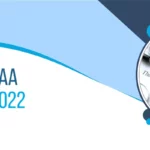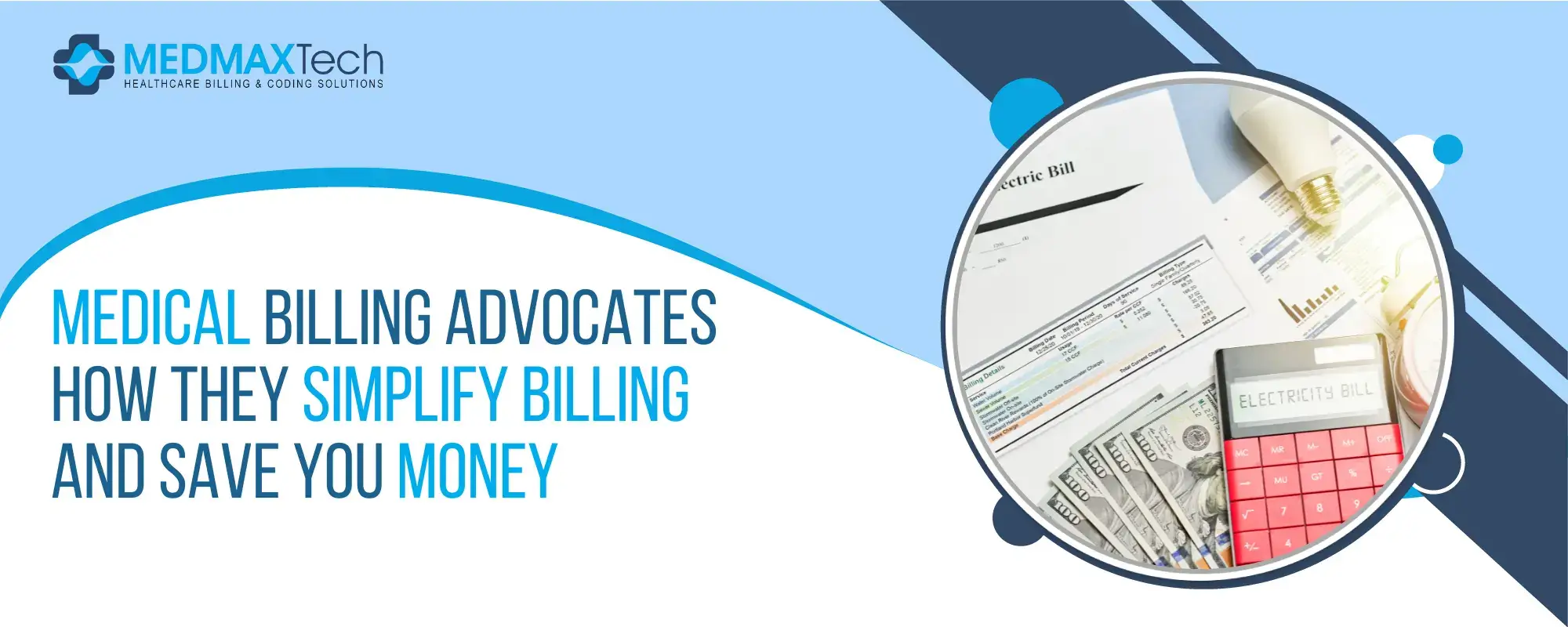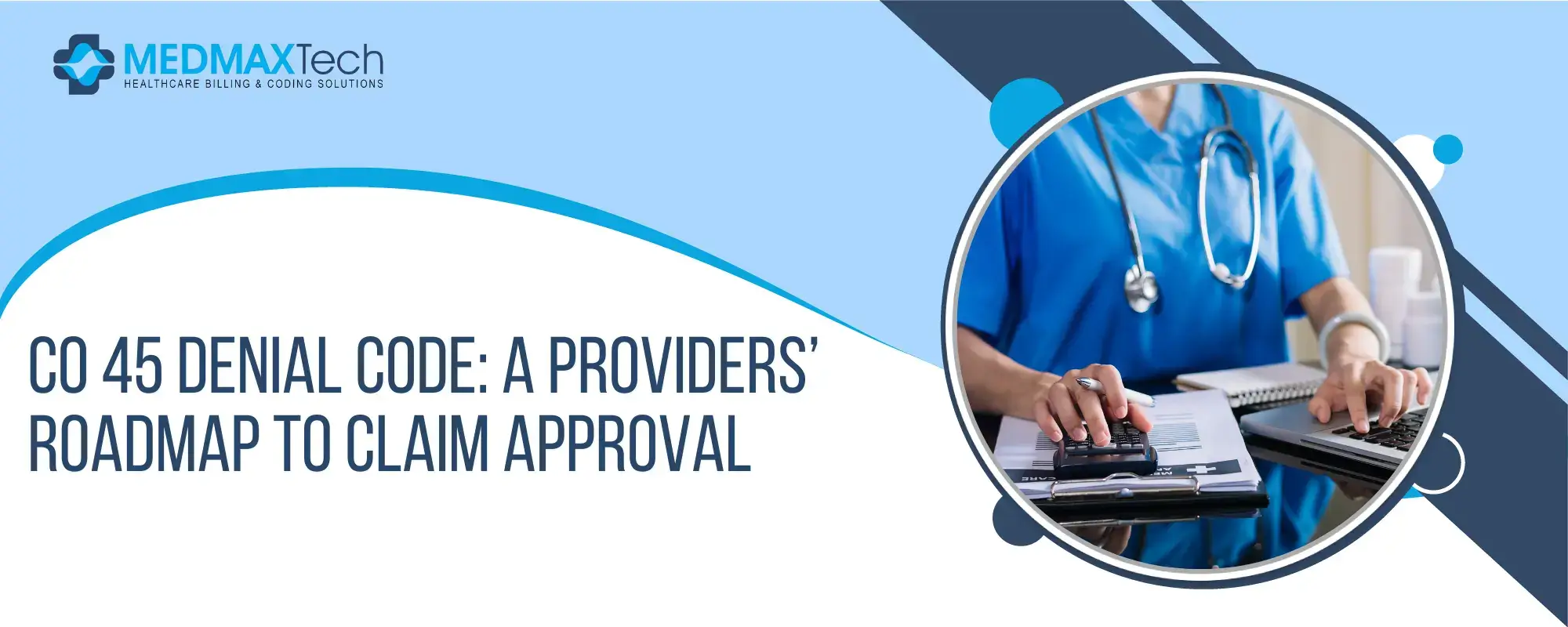
What Do The CO, OA, PI, And PR Mean On The Payment Posting?
Payment posting is a crucial aspect of the healthcare billing process. It involves recording and reconciling payments received from insurance companies for services rendered by healthcare providers. This blog aims to shed light on the meaning and significance of various payment posting codes, such as CO, OA, PI, and PR, as well as common denial codes like CO 22, PR 31, PR 27, PR 204, and CO 29.
Key Components of Payment Posting
Explanation Of Benefits (EOB)
An Explanation of Benefits is a document that outlines the details of a healthcare claim, including the services provided, the billed amount, and the payment decision made by the insurance company. EOBs play a vital role in understanding the process.
Claim Adjustment Reason Codes (CARCs)
Claim Adjustment Reason Codes are standardized codes used to explain the reason for payment adjustments or denials. They provide valuable information about the decisions made by the insurance company regarding claim reimbursement. Understanding CARCs is essential for accurate payment posting.
Denial Code List In Payment Posting
Denial codes are alphanumeric codes that indicate why an insurance claim was denied or adjusted. Adenial code list includes various codes, each corresponding to a specific reason for denial. Familiarizing yourself with common denial codes can help streamline the payment posting process. Some of the most common denial codes are:
- co 22 denial code
- co-4 denial code
- oa 22 denial code
- oa 23 denial code
- pr 1 denial code
- pr 2 denial code
- pr 27 denial code
- pr 31 denial code
- pr 45 denial code
- pr 204 denial code
- pr2 denial code
- pi 16 denial code
- pi 50 denial code
CO Meaning in Payment Posting
CO stands for “co-insurance,” which refers to the percentage of healthcare costs that a patient is responsible for paying after the deductible has been met. It is an important concept in insurance and indicates the shared financial responsibility between the insurance company and the insured individual.
Common Examples Of CO On EOBs
On an EOB, you may come across entries that mention the patient’s co-insurance amount. This indicates the portion of the billed amount that the patient needs to pay out-of-pocket after the insurance company’s payment.
Some Common CO Denial Codes
CO 22 Denial Code: Explained And Resolutions
CO 22 is a denial code that indicates a change in patient responsibility for a particular service or procedure. It may occur when the billed amount exceeds the allowable amount determined by the insurance company. Resolving CO 22 denials requires careful analysis of the contract terms and negotiation with the insurance company.
CO 29 Denial Code: Addressing Bundled Or Included Services
CO 29 denial code that indicates a bundled or included service within another billed service. When encountering the CO 29 denial code, healthcare providers must review the billing and documentation to ensure accurate coding and identify any missing information. By addressing CO 29 denials promptly, providers can resolve coding discrepancies and ensure proper reimbursement for the bundled or included services. Effective communication with the insurance company is crucial to clarify any billing concerns and ensure accurate payment posting. By navigating CO 29 denials, providers can optimize their revenue cycles and maintain efficient reimbursement processes.
CO 45 Denial Code: Resolving Claim Payment Reductions
CO 45 denial is a code that indicates a claim payment reduction due to contractual agreements. Resolving CO 45 denial codes requires reviewing contracts, fee schedules, and comparing billed amounts with allowable amounts. Contacting the insurance company for clarification and resolution is essential. By addressing CO 45 denials, providers optimize revenue streams and maintain accurate financial records.
OA Meaning in Payment Posting
OA, which stands for “Other Adjustments,” refers to any payment adjustments that are not related to co-insurance, deductible, or contractual obligations. It encompasses various factors that affect claim reimbursement.
Examples Of OA On EOBs
OA adjustments on an EOB can include write-offs, discounts, or payments made for non-covered services. These adjustments impact the final amount reimbursed by the insurance company.
Resolving Issues Related To OA
Addressing OA-related issues involves investigating the reason behind the adjustment and ensuring it aligns with contractual agreements. Communicating with the insurance company and verifying the accuracy of the adjustment can help resolve discrepancies.
Some Common OA Denial Codes
OA 23 Denial Code: Handling Payment Adjustments For Non-Covered Services
OA 23 denial code that signifies a payment adjustment for a non-covered service. When encountering OA 23 denials, healthcare providers should review the Explanation of Benefits (EOB) and verify insurance coverage to confirm if the service is indeed non-covered. Communicating with the insurance company to gain clarification on coverage details and exploring alternative payment options for patients can help address OA 23 denials effectively. By proactively managing OA 23 denials, providers can minimize financial impacts, optimize reimbursement processes, and ensure smooth payment posting for both covered and non-covered services.
OA 94 Denial Code: Handling Incomplete/Invalid Information
OA 94 denial code donates for payment adjustments due to incomplete or invalid information on the claim. Providers must review the claim and documentation to identify any missing or inaccurate details. Resolving OA 94 denials involves rectifying the information and communicating effectively with the insurance company. By addressing OA 94 denials promptly, providers can streamline payment posting and optimize their revenue cycles.
PI Meaning in Payment Posting
PI, or “Patient Responsibility,” refers to the amount that the patient is responsible for paying directly to the healthcare provider. It includes deductibles, co-payments, and non-covered services.
Instances Of PI On EOBs
On an EOB, you may find entries indicating the patient’s portion of the payment. This highlights the specific services for which the patient is financially responsible.
Strategies For Dealing With PI
To handle PI effectively, it is important to communicate payment expectations clearly with patients, verify insurance coverage, and establish a streamlined process for collecting patient payments.
PR Meaning in Payment Posting
PR, or “Patient Responsibility,” refers to the portion of the payment that the patient is responsible for paying directly to the healthcare provider. It is similar to PI and signifies the patient’s financial obligation.
Some Common PR Denial Codes
PR 31 Denial Code: Causes And Solutions
PR 31 denial code that indicates the patient’s responsibility for the billed service. It may occur when the patient’s insurance coverage does not include the specific service. Resolving PR 31 denials involves verifying insurance coverage and communicating with the patient to explore alternative payment options.
PR 27 Denial Code: Addressing Non-Covered Services
PR 27 is a denial code that indicates a service or procedure is not covered by the patient’s insurance plan. To manage this denial, providers must verify insurance benefits beforehand, maintain accurate records, and communicate openly with patients about potential non-covered services. By addressing PR 27 denials promptly and exploring alternative payment options, providers can minimize delays in reimbursement and maintain positive patient relationships. Navigating denial codes like PR 27 optimizes revenue cycles, allowing providers to prioritize quality care delivery.
Simplify Your Payment Posting with Medmax
Understanding the intricacies of managing denial codes can be a challenging task for healthcare providers. As discussed in this blog, involves deciphering codes like CO, OA, PI, and PR, as well as navigating through denial codes like CO 22, PR 31, PR 27, PR 204, and CO 29. To streamline this process and ensure accurate reimbursement, outsourcing payment posting services to a reliable partner like Medmax can be a game-changer.
Medmax specializes in comprehensive medical billing solutions, including payment posting. With their expertise, they can handle the complexities of interpreting Explanation of Benefits (EOBs), deciphering denial codes, and ensuring accurate and timely reimbursements.
Contact Medmax today and take the first step towards hassle-free and accurate payment posting.








